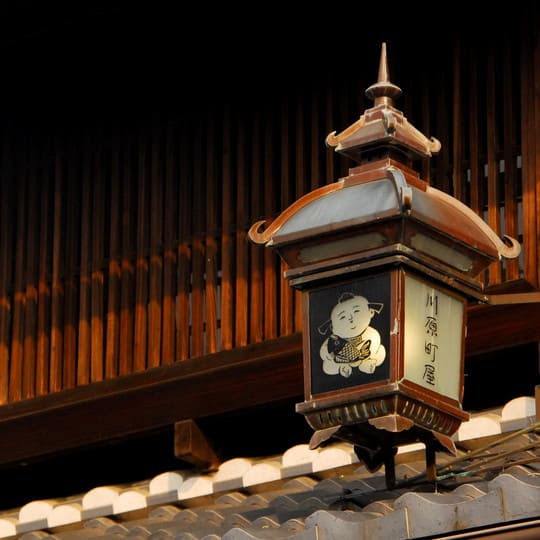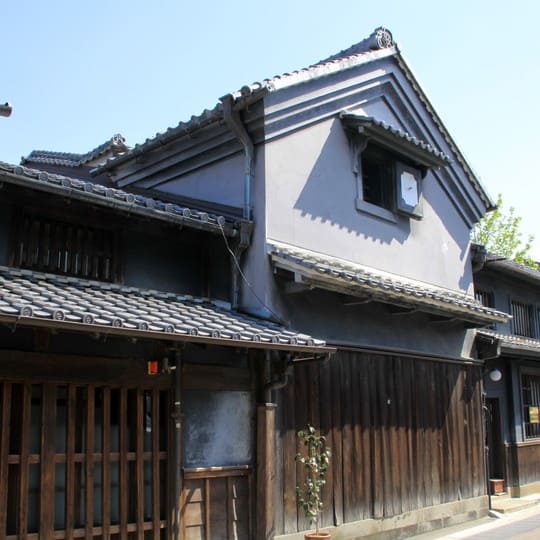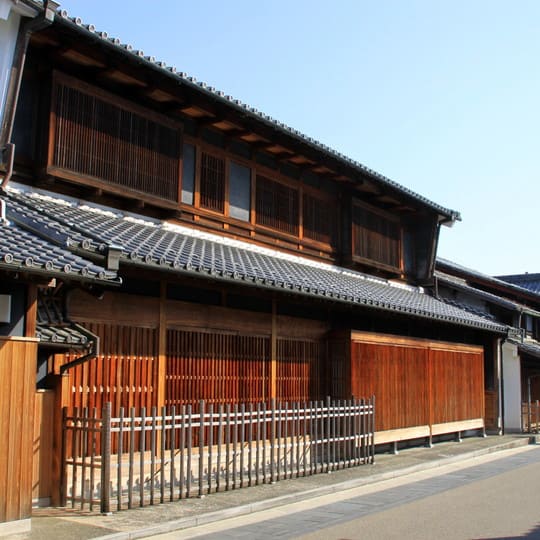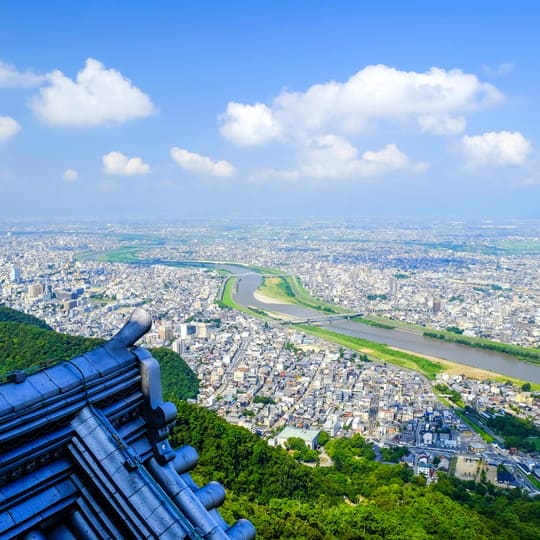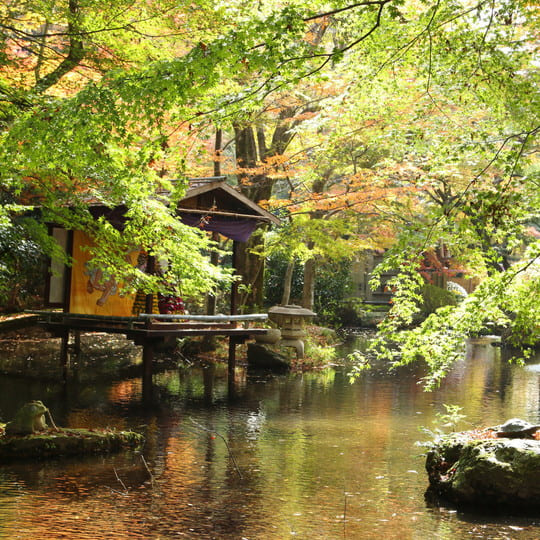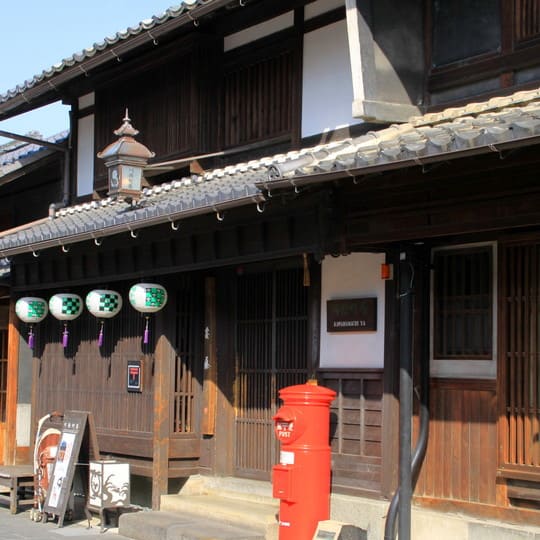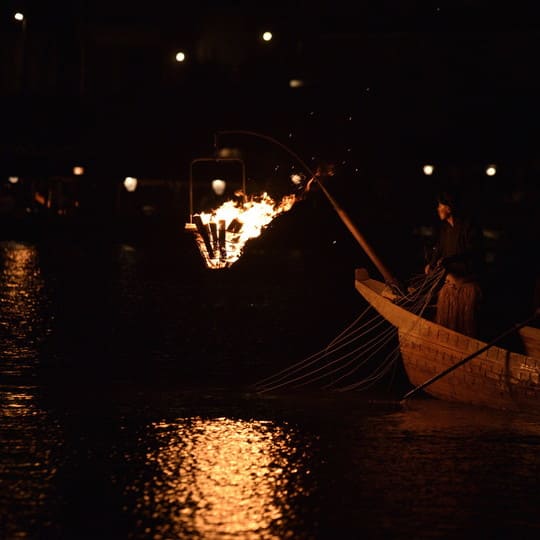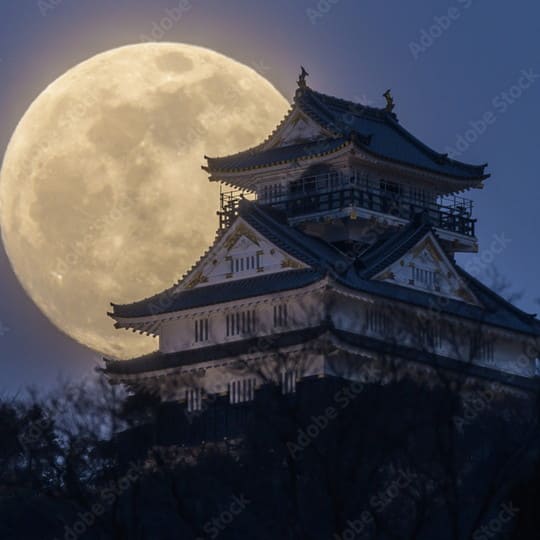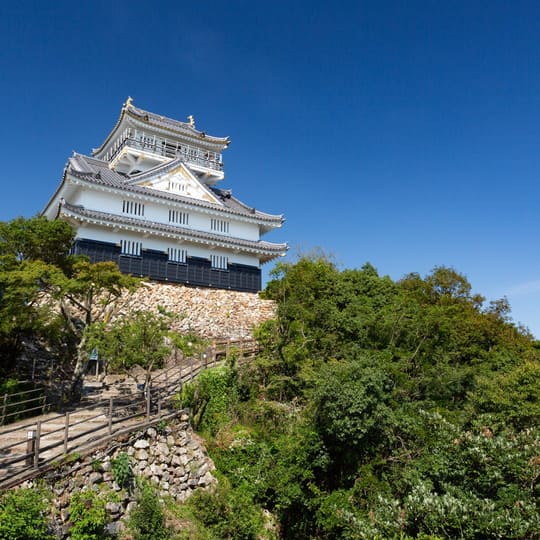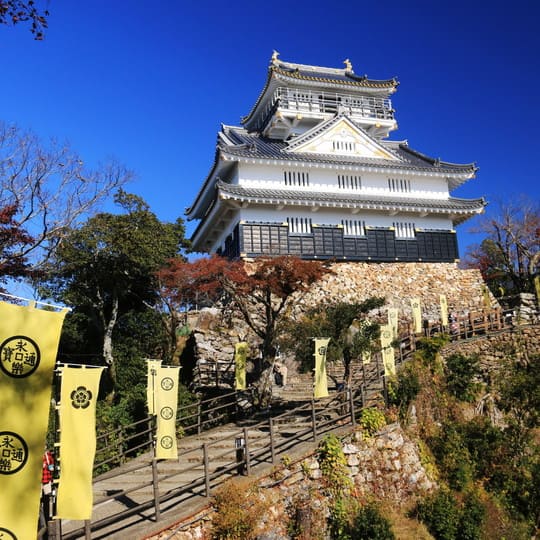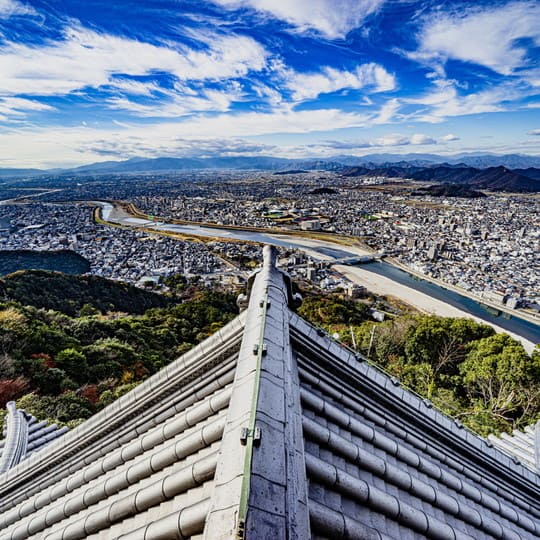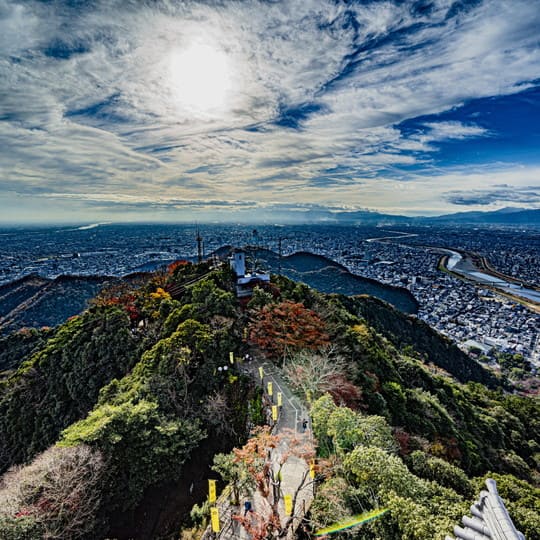Home to Japan’s Most Ancient Fishing Tradition and A Historic Castle
Gifu and its capital city are at the center of Japan, both geographically and historically. The city played a key role in Japan's unification and has a rich history to discover. Home to Japan’s most ancient fishing tradition and a historic Gifu castle with one of the most impressive views of any castle in Japan surrounding mountains and greenery, this city could be central Japan’s best kept secret.
Gifu city is the proud pioneer of ‘ukai’ or cormorant fishing, a 1300-year-old method of fishing. The fishermen light bonfires to attract ‘ayu’, known as sweetfish, to the boat, at which point trained cormorants are sent out to catch them. The fishermen then retrieve the fish from the birds’ throats. Once a tradition, cormorant fishing survives today as a major tourist attraction on the Nagara river. It takes place twice a day between May and October and is especially scenic at night. You can watch from boats that drift alongside the fishermen. Some boats also serve dinner while you watch.
In Kawaramachi, the city’s old wooden houses still remain, and it is also where every Gifu gourmet speciality is on offer. This includes ayu-gashi, sweets shaped like sweetfish, marron kuri kinton, a popular autumnal sweet made from chestnuts, high quality Hida beef, and mino washi paper craftwork, a Japanese paper created in Gifu prefecture. Visitors looking for places to eat, shop and experience the city’s bustle should arrive here sooner rather than later, as the street can become quiet as late afternoon turns to evening.
Gifu city is the proud pioneer of ‘ukai’ or cormorant fishing, a 1300-year-old method of fishing. The fishermen light bonfires to attract ‘ayu’, known as sweetfish, to the boat, at which point trained cormorants are sent out to catch them. The fishermen then retrieve the fish from the birds’ throats. Once a tradition, cormorant fishing survives today as a major tourist attraction on the Nagara river. It takes place twice a day between May and October and is especially scenic at night. You can watch from boats that drift alongside the fishermen. Some boats also serve dinner while you watch.
In Kawaramachi, the city’s old wooden houses still remain, and it is also where every Gifu gourmet speciality is on offer. This includes ayu-gashi, sweets shaped like sweetfish, marron kuri kinton, a popular autumnal sweet made from chestnuts, high quality Hida beef, and mino washi paper craftwork, a Japanese paper created in Gifu prefecture. Visitors looking for places to eat, shop and experience the city’s bustle should arrive here sooner rather than later, as the street can become quiet as late afternoon turns to evening.

